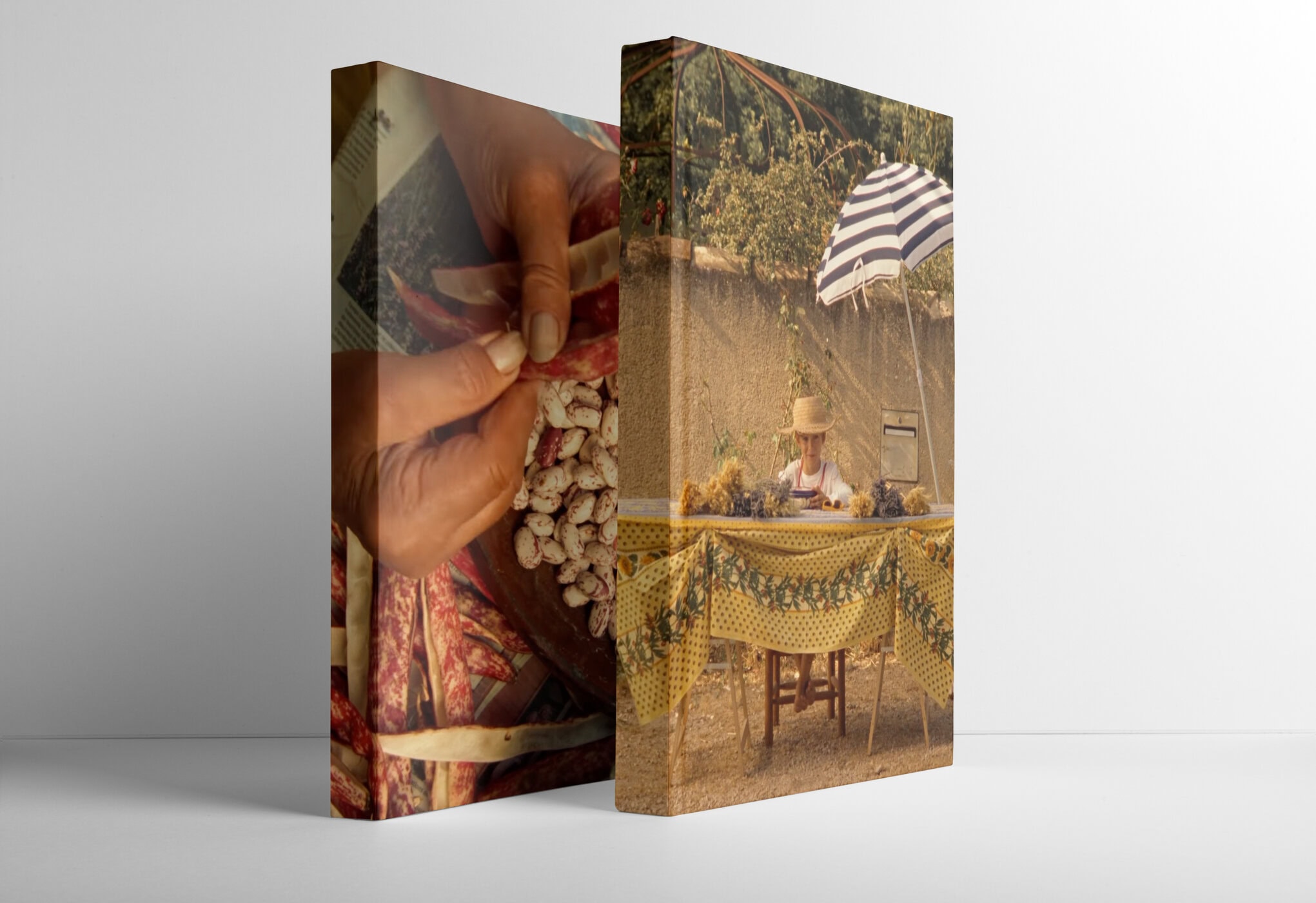By Lea Rabaron and Sofia Crawford
Key Takeaways
Emotional Storytelling Creates Deeper Brand Affinity
Rather than promoting products directly, Jacquemus centers this campaign around emotion, memory, and personal heritage. This kind of narrative-driven marketing builds a stronger emotional connection with the audience—especially in luxury, where consumers are not just buying items but buying into a worldview. By inviting viewers into his personal story, Jacquemus cultivates intimacy and trust, reinforcing the brand’s identity as emotionally intelligent and deeply authentic.
Pre-Show Positioning That Cuts Through the Noise
The campaign functions as a quiet, anticipatory move ahead of a runway show, breaking away from the fashion industry’s tendency toward loud, last-minute spectacle. This strategic early release builds mood and context, anchoring the upcoming collection in a specific emotional and aesthetic tone. It primes the audience to engage with the brand on a deeper level and avoids getting lost in the media saturation of fashion week.
Reframing Heritage as Contemporary Luxury
By referencing “le paysan” (the peasant) not as a costume but as a cultural lens, the campaign redefines luxury as something grounded, tactile, and familiar. This subtle reframing aligns Jacquemus with a broader consumer shift toward meaningful, values-driven fashion. It speaks to a generation that craves depth over display, and wants to see beauty not as spectacle but as rooted in origin stories, slow craft, and emotional resonance.
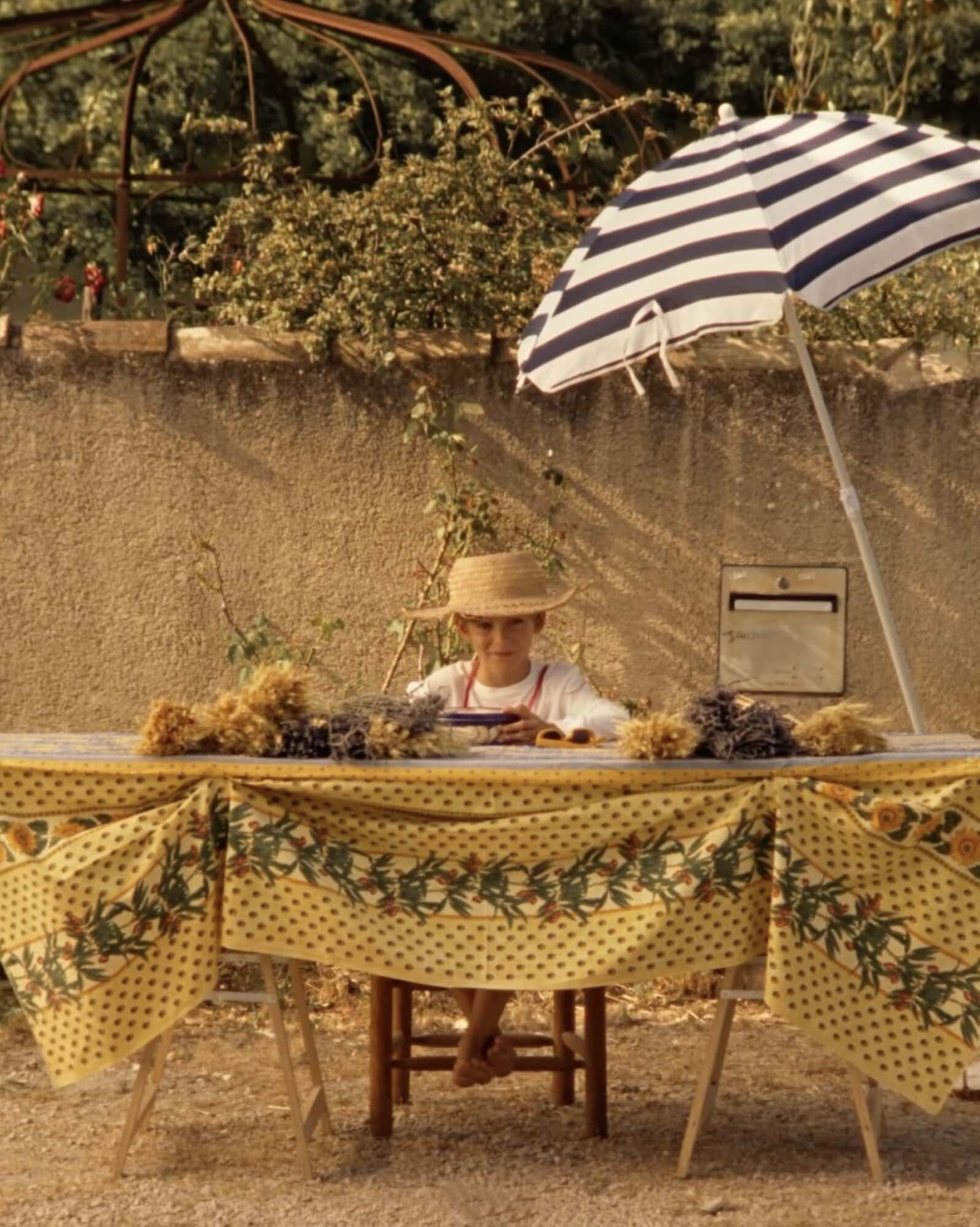
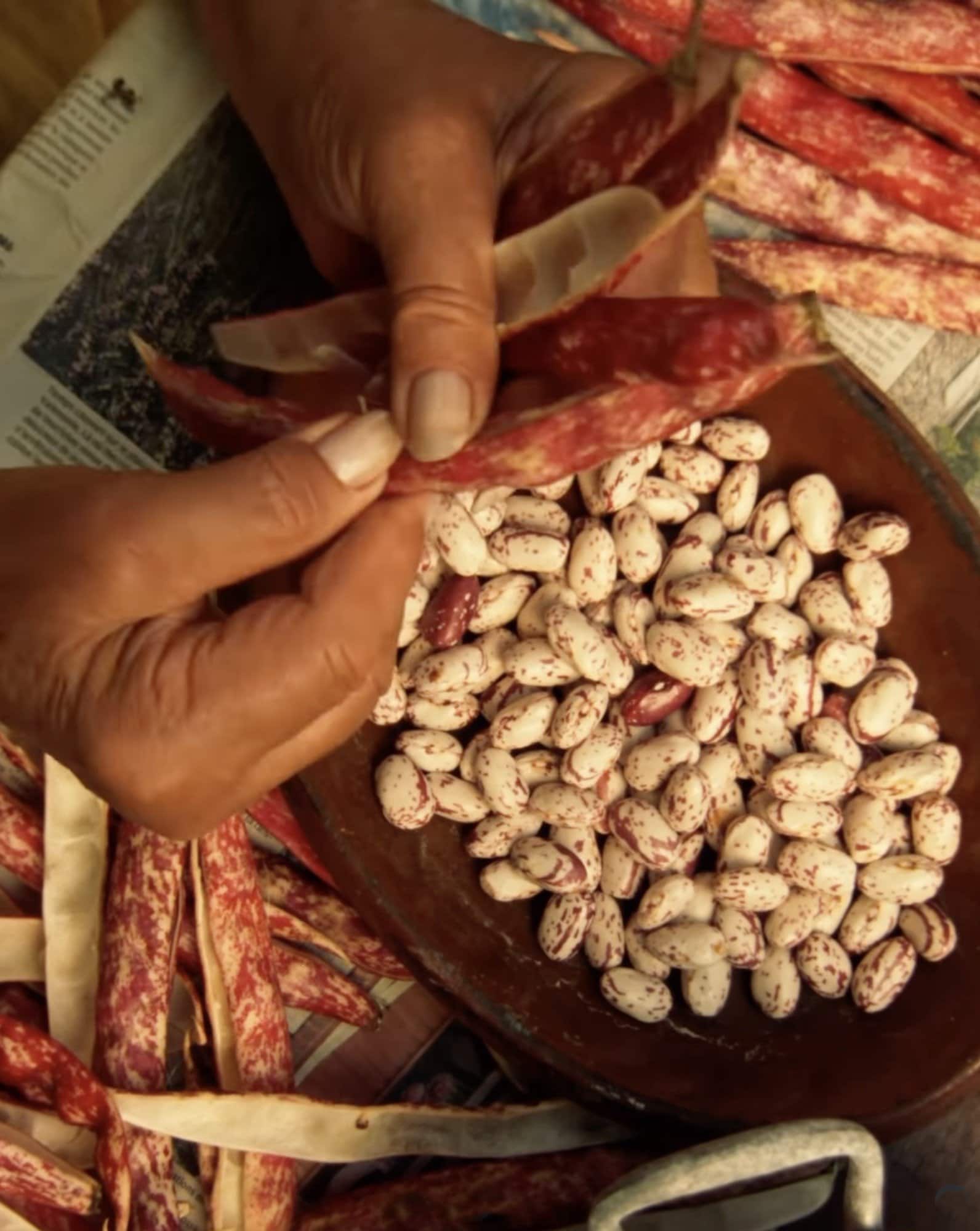
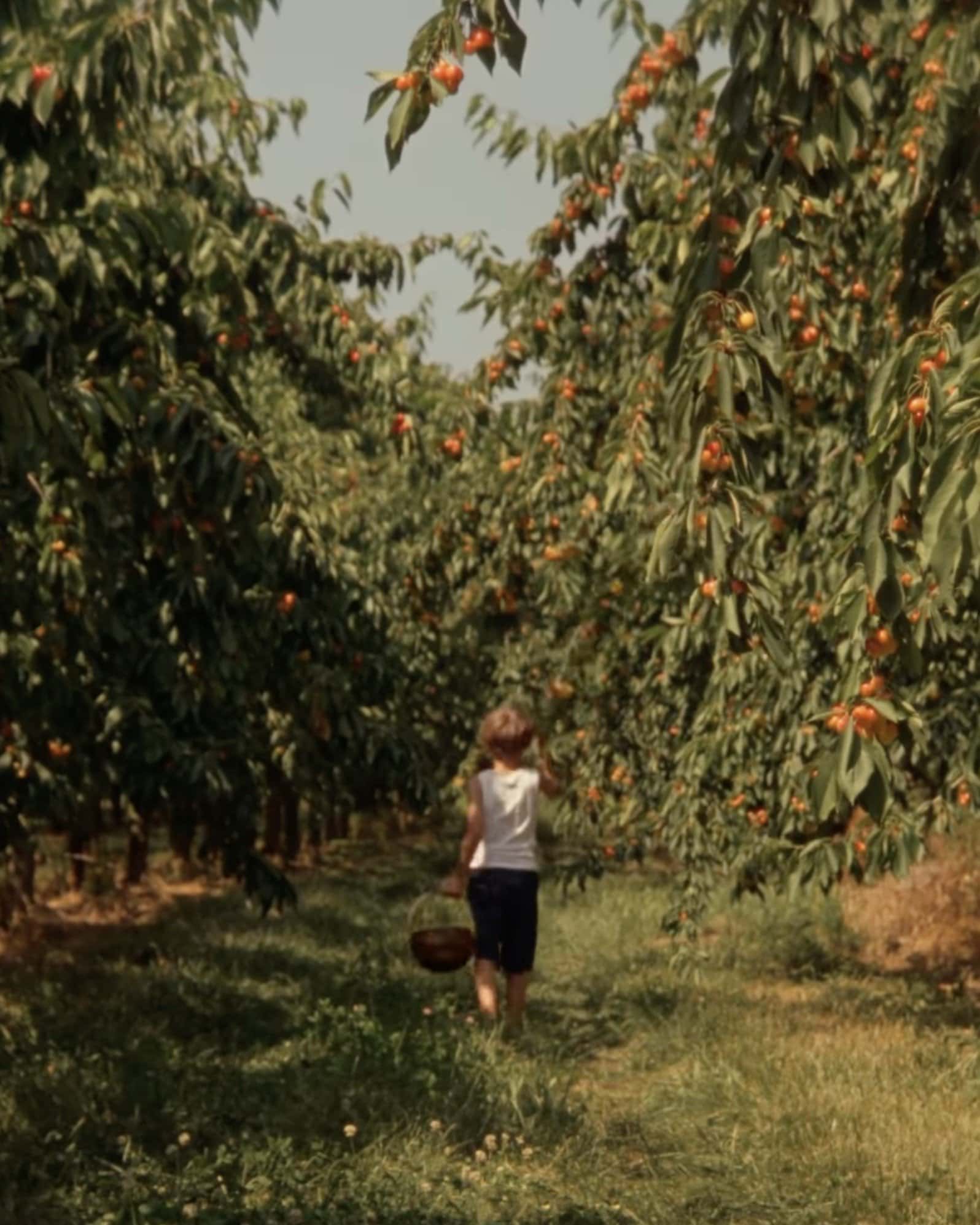
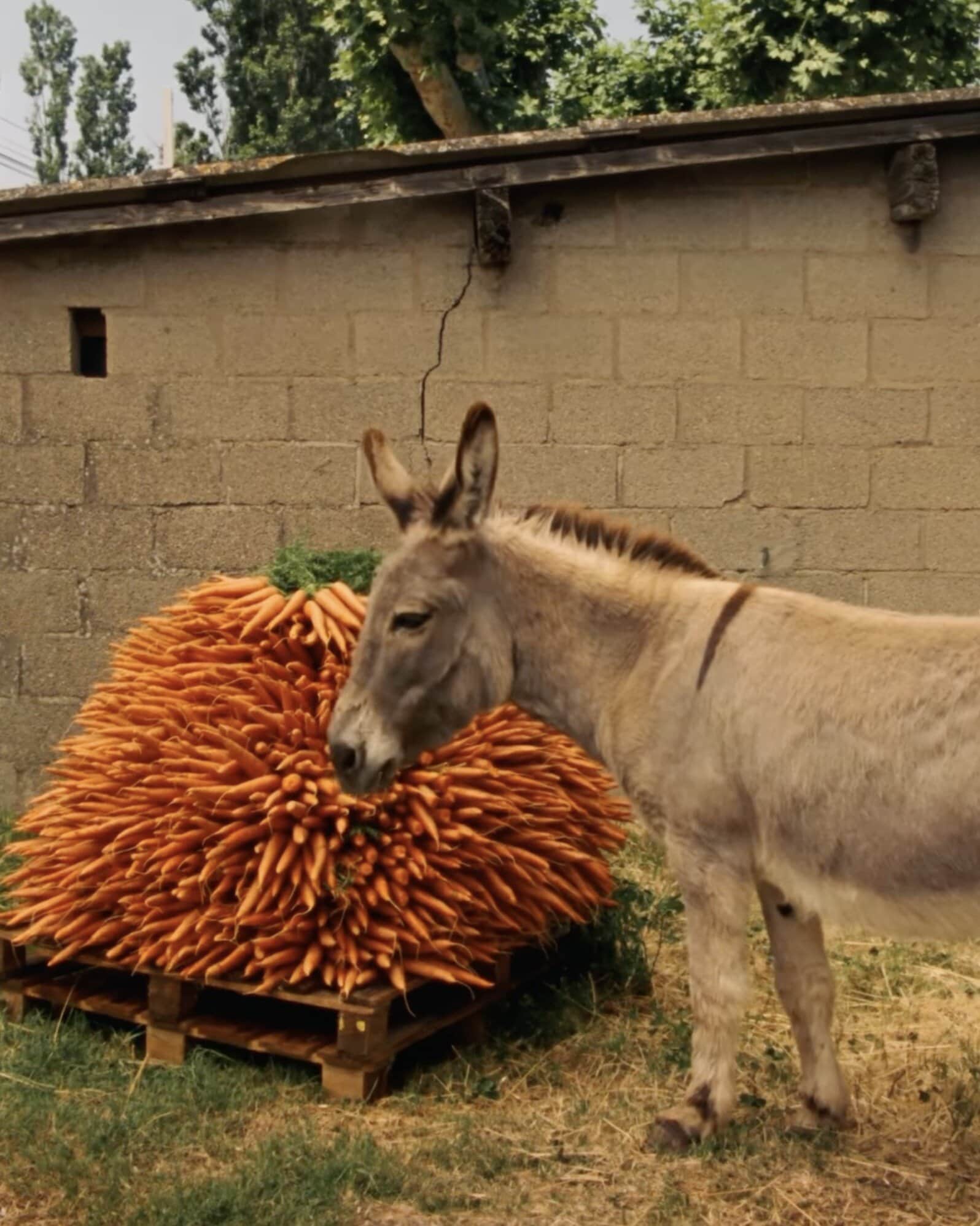
Jacquemus released a series of warm-toned clips introducing the brand’s upcoming collection, Le Paysan—a complete visual narrative that gently builds momentum toward the June 29th runway show. Directed by Simon Porte Jacquemus himself, with photography direction by Hampus Nordenson, the visuals subtly evoke the sun-soaked landscapes synonymous with the brand’s Provençal roots. Rather than serving as a mere preview, the campaign acts as the central narrative thread for the season’s visual storytelling—bridging the emotional texture of the collection with the anticipation surrounding the runway. While many brands rush to promote runway spectacles through fragmented teasers, Jacquemus delivers a fully realized, emotionally resonant campaign that sets the tone and confidently positions itself ahead of the noise.
The result is a brand positioning move as much as a creative one: Jacquemus builds emotional equity through narrative completeness, trading the traditional teaser-and-drop model for a fully realized pre-show universe. In a hyper-fragmented fashion calendar, this kind of prelude becomes a statement of confidence.
The project has a deeply personal feel. Rooted in the landscape of the designer’s upbringing, it reflects on heritage, origin, and childhood memory. At the same time, it looks ahead, framing childhood not only as a source of inspiration, but as a foundation for future vision. Instead of relying on suspense or staged reveals, the campaign immediately immerses viewers in a rich visual narrative, with Le Paysan marking a return to the brand’s emotional and geographical origins, and reimagining them as a starting point for what comes next. This approach isn’t merely pacing—it’s strategic. The campaign invites the audience to feel first and analyze later, prioritizing resonance over reach. It also reflects the brand’s refusal to overplay spectacle: a narrative-first approach that positions memory not just as a design reference, but as a branding tool.
The scenes are rendered in golden light with the grainy softness of old French cinema: a young boy strolls a dirt path, plays among cherry trees, and sits pensively at a flower-laden table in a straw farmer’s hat. The image feels familiar—because it is. Shortly before the campaign launch, Jacquemus shared a childhood photo of himself in a nearly identical pose, revealing that the opening shot is more than aesthetic—it’s autobiographical. By doing this, the campaign blurs the line between personal archive and brand mythology, using memory not as nostalgia bait, but as a lever for emotional credibility. It doesn’t just reference the past—it reanimates it, transforming a private image into the emotional cornerstone of the season’s narrative.
The visuals hover somewhere between realism and reverie—an oversized tower of carrots next to a donkey reads like something out of a child’s imagination. Each clip of young Jacquemus suggests an early designer’s eye quietly at work, absorbing textures and gestures with instinctive sensitivity. Even the cherries—here worn by the boy as earrings in a gesture familiar to many childhoods—evoke a quiet form of luxury, not rooted in extravagance, but in the natural landscape and simple rituals that inspired the designer.
This campaign feels intimate and less a fabrication, more an invitation. Rather than constructing a world for us, Jacquemus welcomes us into his own. In his eyes, good things are simple things. Here, luxury doesn’t need to assert itself as something unattainable; instead, it is found in the quiet, the tactile, the familiar. It’s a vision that knowingly nods to Le Paysan—the peasant—not as an aesthetic costume but as a cultural lens, reinterpreted through the codes of modern luxury. Jacquemus reclaims the rustic without romanticizing it, offering a narrative where memory and desire, labor and leisure, coexist without the feeling of it being overly sentimental.
There’s a striking tenderness in the imagery. The way a child gazes at his mother as she applies her lipstick, absorbing the moment not through instruction, but through instinct. It’s a reflection of how we first come to understand beauty—not through explanation, but through observation and feeling. Beautifully shot and quietly whimsical, Jacquemus offers a tender, intimately rendered snapshot of his roots. The campaign doesn’t tell us what luxury is. It allows us to remember.
